Giorgio de Chirico’s Self-Portrait is an oil painting done between 1920 and 1922. [1920-22] It measures 38 by 51 centimeters, and is one of many self-portraits de Chirico made in the 1920s.When de Chirico began the painting he was already an accomplished artist of international stature. He was known as an innovator, a theorist, and the principle figure in metaphysical painting.
Metaphysical painting conveyed mysterious and enigmatic moods. Everyday objects were removed from their usual context, and appeared surprising and unexpected. Painted realistically, these objects seemed to lose their ordinariness, acquiring a poetic value. Metaphysical painters strove to transcend daily life by creating a startling and jarring effect. De Chirico painted this Self-Portrait in Italy after a long period in Paris. He had spent time in Ferrara immediately following the war, and later, divided his time between Florence, Milan and Rome. His metaphysical period was coming to a close. De Chirico wrote more, and beginning with The Return to the Craft, [1919] started to press for a post-avant-garde movement that would return art to its classical and traditional roots.
In this Self-Portrait, De Chirico proudly asserts his connection to the great art of ages past. His face appears twice on a squared architectural background. The face on the right is in a three-quarters pose, and directing its gaze towards the viewer. A painting of a marble bust of the artist in profile stands on the left. An orange sits on a ledge in the foreground, a typical element in many Renaissance works. It helps frame the scene and remove it from the viewer. The lower right contains the painter’s signature, with the Latin inscription se ipsum, meaning myself. Titian’s 16th-century La Schiavona inspired this double portrait, providing an earlier representation of the artist as both painter and sculptor. The reference to a Renaissance masterpiece demonstrated de Chirico’s appraisal of his own role in 20th-century art. As he said in 1919 Pictor classicus sum, “I am a classical painter.”
Today, de Chirico’s Self-Portrait is on display at the Toledo Museum of Art in Toledo, Ohio.
Metaphysical painting conveyed mysterious and enigmatic moods. Everyday objects were removed from their usual context, and appeared surprising and unexpected. Painted realistically, these objects seemed to lose their ordinariness, acquiring a poetic value. Metaphysical painters strove to transcend daily life by creating a startling and jarring effect. De Chirico painted this Self-Portrait in Italy after a long period in Paris. He had spent time in Ferrara immediately following the war, and later, divided his time between Florence, Milan and Rome. His metaphysical period was coming to a close. De Chirico wrote more, and beginning with The Return to the Craft, [1919] started to press for a post-avant-garde movement that would return art to its classical and traditional roots.
In this Self-Portrait, De Chirico proudly asserts his connection to the great art of ages past. His face appears twice on a squared architectural background. The face on the right is in a three-quarters pose, and directing its gaze towards the viewer. A painting of a marble bust of the artist in profile stands on the left. An orange sits on a ledge in the foreground, a typical element in many Renaissance works. It helps frame the scene and remove it from the viewer. The lower right contains the painter’s signature, with the Latin inscription se ipsum, meaning myself. Titian’s 16th-century La Schiavona inspired this double portrait, providing an earlier representation of the artist as both painter and sculptor. The reference to a Renaissance masterpiece demonstrated de Chirico’s appraisal of his own role in 20th-century art. As he said in 1919 Pictor classicus sum, “I am a classical painter.”
Today, de Chirico’s Self-Portrait is on display at the Toledo Museum of Art in Toledo, Ohio.
RELATED
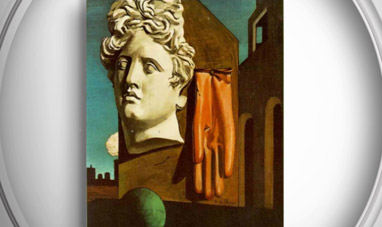

LOVE SONG
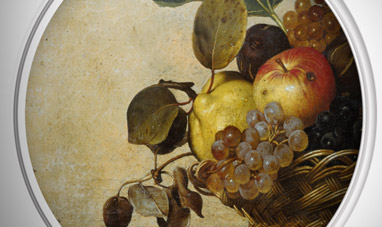

BASKET OF FRUIT
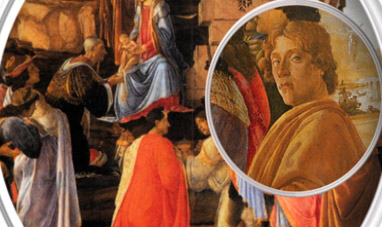

THE ADORATION OF THE MAGI
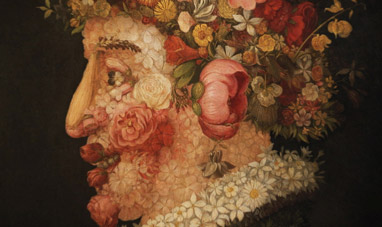

MANNERISM
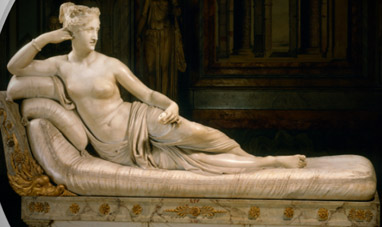

PAULINE BORGHESE
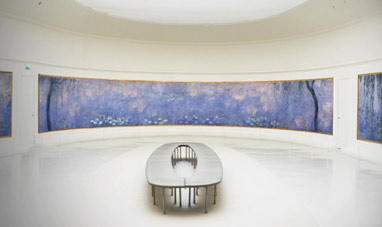

WATER LILIES (SERIES)
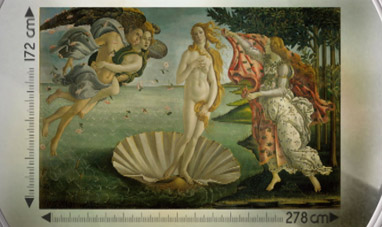

THE BIRTH OF VENUS
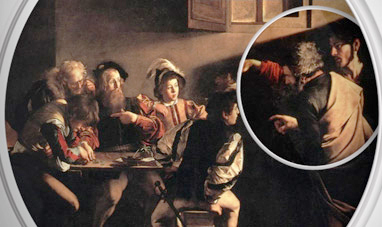

THE CALLING OF ST. MATTHEW
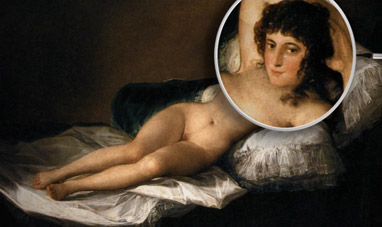

THE NUDE MAJA
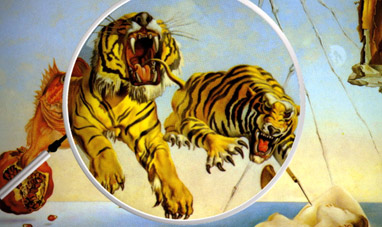

DREAM CAUSED BY THE FLIGHT OF A BEE AROUND A...


MADONNA OF THE GOLDFINCH
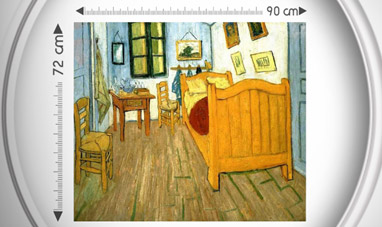

THE BEDROOM
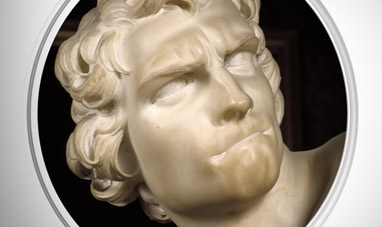

DAVID (BERNINI)
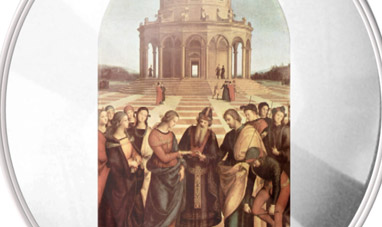

THE MARRIAGE OF THE VIRGIN
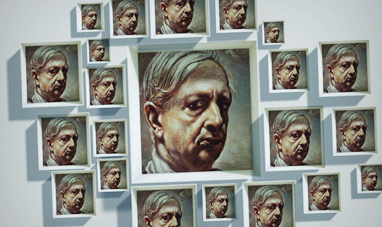

GIORGIO DE CHIRICO
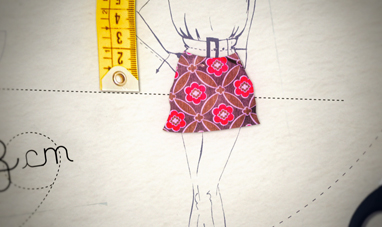

MINISKIRT
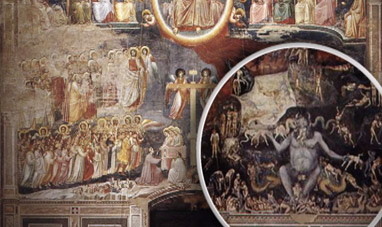

SCROVEGNI CHAPEL
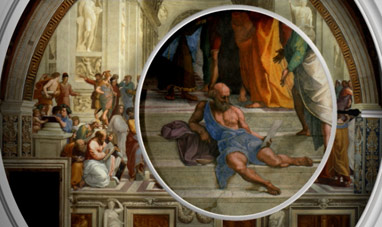

THE SCHOOL OF ATHENS


ROMANTICISM
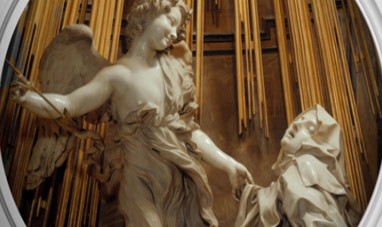

THE ECSTASY OF SAINT TERESA
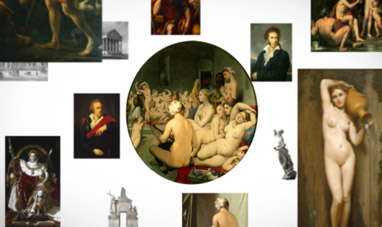

NEOCLASSICISM
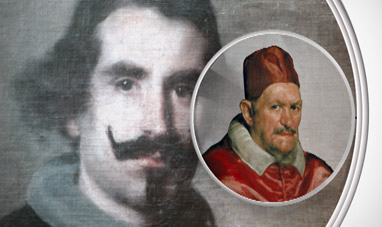

INNOCENT X
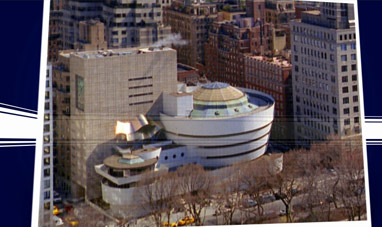

SOLOMON R. GUGGENHEIM MUSEUM
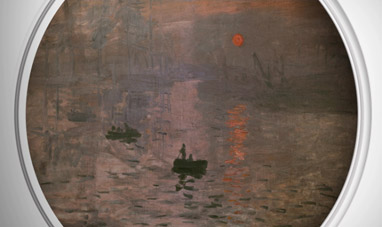

IMPRESSION, SUNRISE


DAVID (MICHELANGELO)
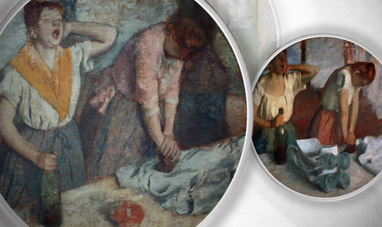

WOMEN IRONING
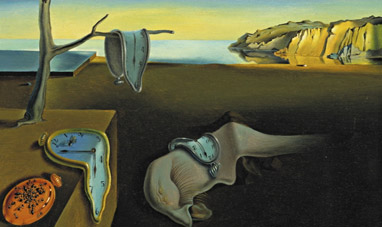

THE PERSISTENCE OF MEMORY
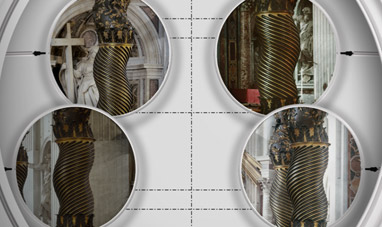

ST. PETER'S BALDACHIN
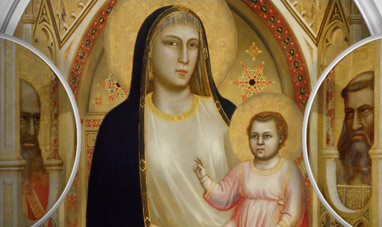

THE MADONNA DI OGNISSANTI
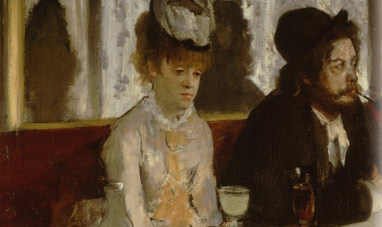

L'ABSINTHE


THE THREE GRACES
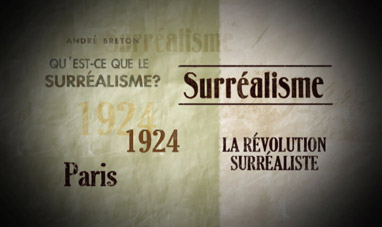

SURREALISM
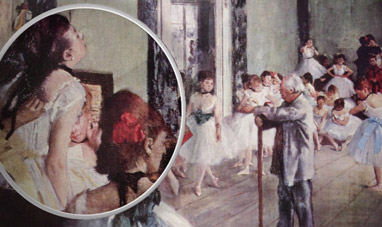

THE DANCE CLASS
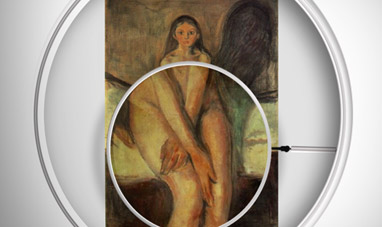

PUBERTY
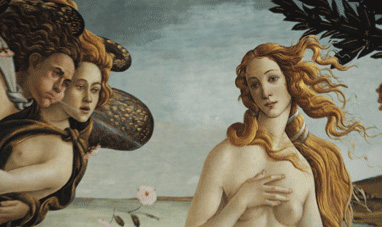

THE RENAISSANCE
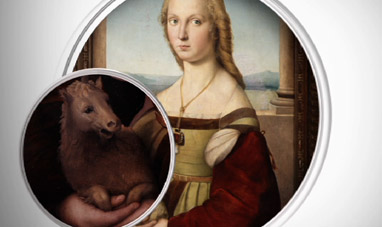

YOUNG WOMAN WITH UNICORN
